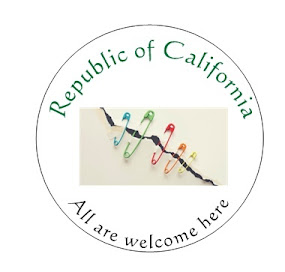This 2013 book, authored by The New Yorker staff writer Malcom Gladwell challenges readers to look at perceived disadvantages and how they often are - in fact - the opposite.
 |
| Malcolm Gladwell |
But anyone who has studied David vs. Goliath in detail knows that Goliath never really had a chance when he stepped out into the Valley of Elah and issued his famous challenge, "Choose you a man and let him come down to me," Goliath roared. "If he prevail in battle against me and strike me down, we shall be slaves to you. But if I prevail and strike him down, you will be slaves to us and serve us."
Historians say Goliath was likely at least 6 feet, 9 inches tall was wearing full body armor, a bronze helmet and carried a spear, javelin and a sword. Goliath - and the Philistine army behind him - expected a similarly outfitted warrior to step out. (Think Russell Crowe in the movie Gladiator.)
But David was a slim youth. He declined to take a sword, shield or armor. Instead he picked up five stones, ran at the giant and launched a single stone from his sling. It caught Goliath square in his forehead, knocking the giant to the ground. David then rushed up, seized Goliath's sword and cut off Goliath's head.
Game over.
In Biblical times, armies had infantry, men on horseback (and chariots) and a third group that would be in today's terms called artillery: archers and slingers. David was a slinger and a deadly one. A good slinger could seriously hurt - or kill - an opponent up to 200 yards, with the stone traveling at a speed equivalent of 34 meters per second. Per second.
"Goliath had as much chance against David as any Bronze Age warrior with a sword would have had against an opponent with a .45 automatic pistol," historian Robert Dohrenwend is quoted in David and Goliath.
But Gladwell's book only uses this Biblical tale as way to get into a fascinating book. David and Goliath takes the reader on a wild political, social, cultural ride through more than a dozen situations and examples in which a supposed much-favored opponent loses what should have been an easy victory.
Some it is the element of surprise. Some of it comes from what we might consider perceived disadvantage - like dyslexia. Many great artists are reported to have some dyslexia for example.
David and Goliath is also about how the powerful are sometimes proven to be truly weak when they don't understand what they are really up against. The British Army in Northern Island during The Troubles, is a classic example and featured prominently in the book.
In the final section of David and Goliath, Gladwell sums up with a focus on a French village's stubborn and clever resistance to the Nazis that resulted in saving the lives of many hundreds of Jews from being sent to concentration camps.
"David and Goliath has tried to make plain
that wiping out a town or a people or a movement is never as simple as it looks.
The powerful are not as powerful as they seem - nor the weak as weak."
David and Goliath: Underdogs, Misfits and the Art of Battling Giants is highly recommended reading, particularly if you find yourself feeling powerless in the face of the political, social and cultural maelstrom lurking over the horizon.
Read the book, figure out your psychological (and political) sling. And be ready to use it.




































